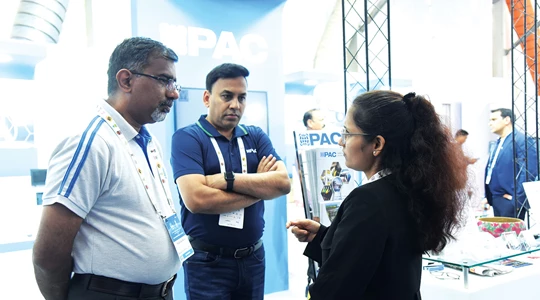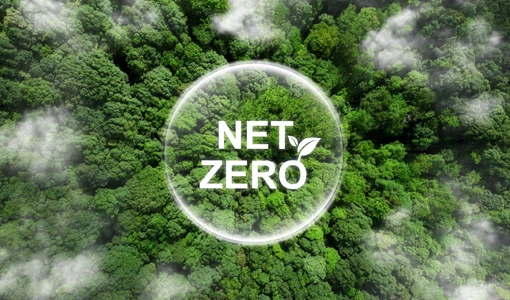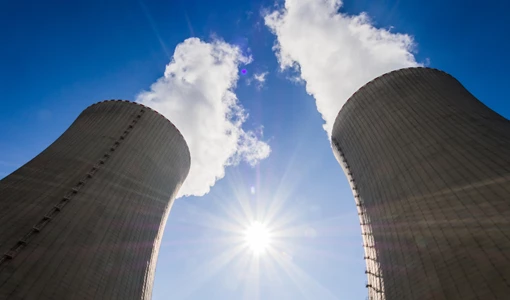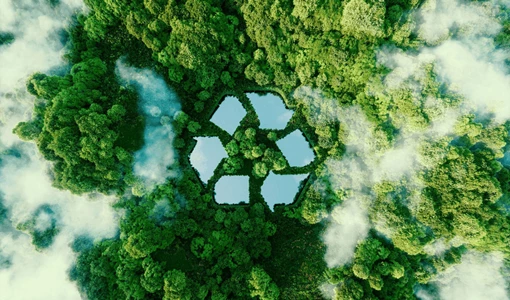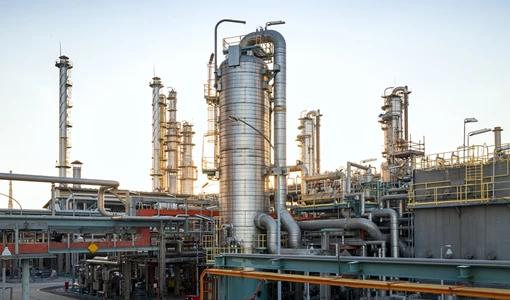Clean Hydrogen: don’t let perfect be the enemy of good
Although increasing at an impressive pace in recent years, the absolute share of green hydrogen in the global production mix currently only accounts for one tenth of a percent. According to the IEE’s Global Hydrogen Review 2022, today’s demand for the gas is met “almost entirely by hydrogen production from unabated fossil fuels.”
On a more positive note, it states that the “rapid scale-up in electrolyser capacity is expected to continue and accelerate in coming years.” Of course, that’s only one side of the equation. The commercial viability of green hydrogen production is also dependent on a scale-up, and cost, of green power. The question then becomes: “What can we do in the meantime?”
A case for low-carbon hydrogen: the “good” in the meantime
The aphorism “perfect is the enemy of good” is often attributed to French Enlightenment writer and philosopher Voltaire. It captures the idea that as noble as striving for perfection is, it can all too often impede the implementation of something “good”. And “good” can be taken to mean something already much better.
I find this a useful way to frame the emergence of the hydrogen economy: green hydrogen could be considered “perfect” but blue hydrogen – low-carbon hydrogen obtained when the CO2 from steam methane reforming (SMR) or autothermal reforming (ATR) is captured, stored underground or reused – is more than a “good” solution in the meantime. Not only can it already significantly decarbonise operations in various sectors, but it allows the necessary hydrogen infrastructure to be built out at scale.
Of course, pursuing the perfect and the good are not mutually exclusive. At Linde, we continue to invest in electrolyser projects, such as the 24 MW in Leuna, Germany and the 35 MW in Niagara Falls, US, which will help expand capacity while also supporting our current customers and new markets in reducing emissions via Carbon Capture for Use or Storage (CCUS) solutions.
Think less about colour, more about carbon intensity
Be it liquefaction technology, pipelines, or compressors, infrastructure is colour-agnostic – and perhaps we need to be a bit more colour-blind too. There is the potential for the colour spectrum of hydrogen to distract us from what is the ultimate goal: reducing carbon intensity and emissions so we stay on-track for net-zero by 2050.
Whatever the end-use application, Linde already provides technologies and has long-established expertise across the entire value chain: from production to processing to storage and quite importantly, distribution. At the end of the day, unless hydrogen is produced on-site, it will need to be transported.
Transport is key to transition
While the global hydrogen pipeline network for gaseous hydrogen is still nascent, there are local pockets of more developed infrastructure. As an example, Linde’s Gulf Coast 600-mile pipeline network has the capability of supplying over one billion cubic feet per day of hydrogen and is currently utilised by 50 refineries and chemical plants. Transporting liquid hydrogen over land or sea is another matter: not only do we need liquefaction capacity to ramp up by orders of magnitude, but we need vessels equipped with the required cryogenic technology at scale too. Again, we can turn to what’s available in the meantime.
That’s a challenge that ammonia, a hydrogen derivative, might just be able to overcome. As a globally traded commodity, there’s an existing supply chain in place to move ammonia around the world. And since green ammonia can essentially act as a (green) energy vector, this could become a ready-made solution for transferring low-carbon energy from those regions that are well supplied to those that are not similarly blessed.
So, circling back to the question, “what can we do in the meantime?” The answer, to me, is clear: everything we can to usher in the “perfect” hydrogen economy of tomorrow. That means leveraging and expanding on the “good” solutions we have today.
Gastech is at the heart of natural gas, LNG, hydrogen, low-carbon solutions, and climate technologies
REGISTER AS A VISITORKEEPING THE ENERGY INDUSTRY CONNECTED
Subscribe to our newsletter and get the best of Energy Connects directly to your inbox each week.
By subscribing, you agree to the processing of your personal data by dmg events as described in the Privacy Policy.
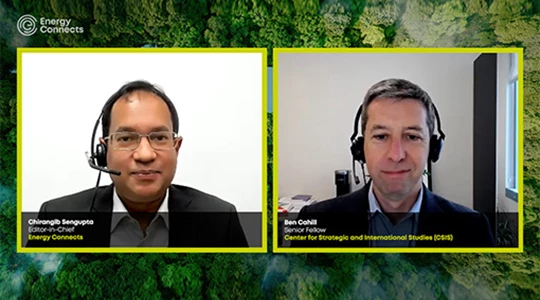
CSIS: long-term LNG demand to reshape global export capacity growth
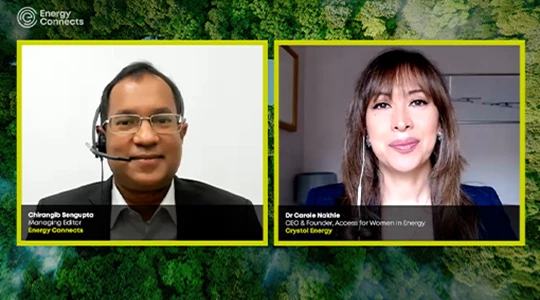
More women in energy vital to the industry’s success
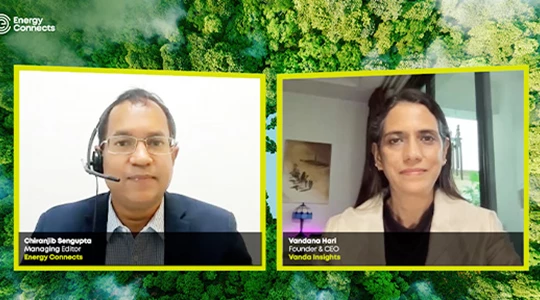
India’s energy sector presents lucrative opportunities for global companies
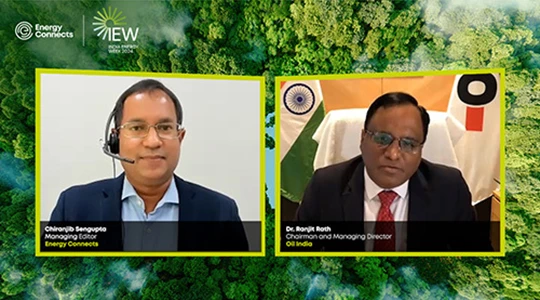
Oil India charts the course to ambitious energy growth
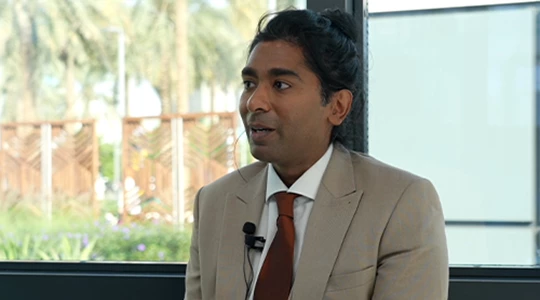
Maritime sector is stepping up to the challenges of decarbonisation
Partner content
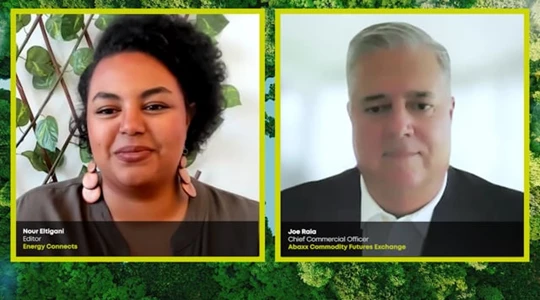
Navigating the trading seas: exploring the significance of benchmarks
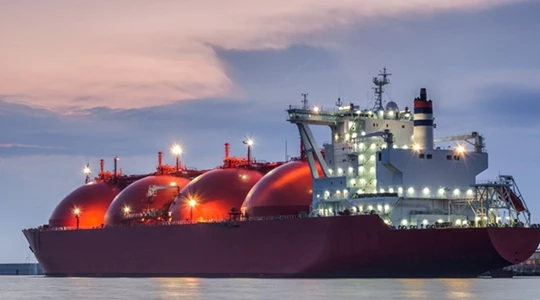
Back to the Future(s): the best commodities benchmarks are still physically settled

Ebara Elliott Energy offers a range of products for a sustainable energy economy
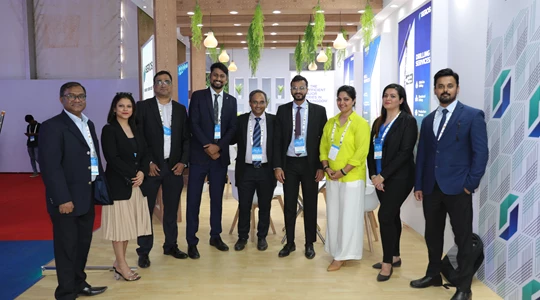
Essar outlines how its CBM contribution is bolstering for India’s energy landscape
